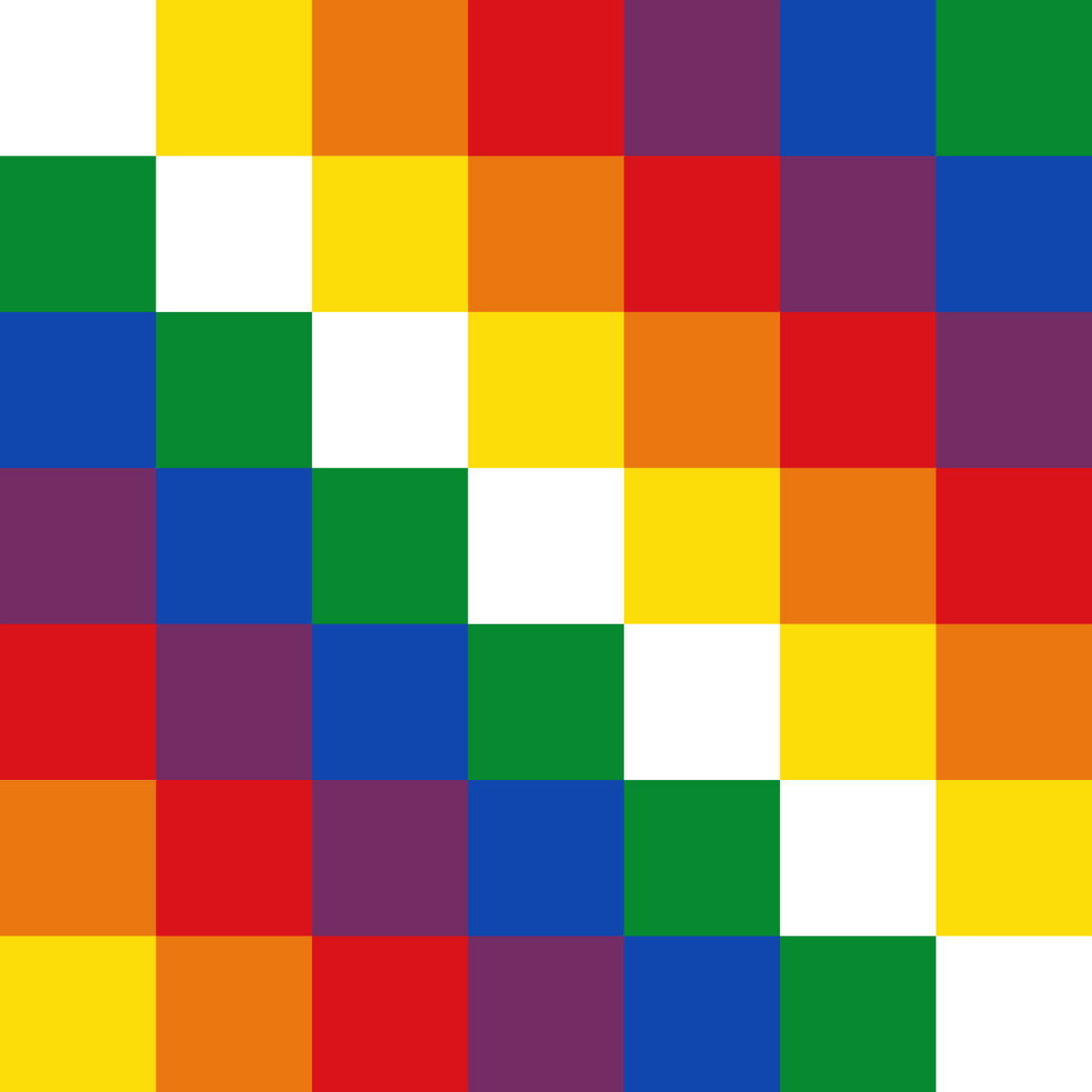The Mesoamerican Long Count calendar is a non-repeating base-20 and base-18 calendar used by several pre-Columbian Mesoamerican cultures, most notably the Maya. For this reason, it is often known as the Maya Long Count calendar. Using a modified vigesimal tally, the Long Count calendar identifies a day by counting the number of days passed since a mythical creation date that corresponds to August 11, 3114 BCE in the proleptic Gregorian calendar. The Long Count calendar was widely used on monuments.
Background
The two most widely used calendars in pre-Columbian Mesoamerica were the 260-day Tzolkʼin and the 365-day Haabʼ. The equivalent Aztec calendars are known in Nahuatl as the Tonalpohualli and Xiuhpohualli.
The combination of a Haabʼ and a Tzolkʼin date identifies a day in a combination which does not occur again for 18,980 days (52 Haabʼ cycles of 365 days equals 73 Tzolkʼin cycles of 260 days, approximately 52 years), a period known as the Calendar Round. To identify days over periods longer than this, Mesoamericans used the Long Count calendar.
The Long Count calendar is divided into five distinct units:
- one day - kin
- 20 days - uinal
- 360 days - tun
- 7,200 days - katun
- 144,000 days - baktun
Mesoamerican numerals
Long Count dates are written with Mesoamerican numerals, as shown on this table. A dot represents 1 while a bar equals 5. The shell glyph was used to represent the zero concept. The Long Count calendar required the use of zero as a place-holder and presents one of the earliest uses of the zero concept in history.

The Mesoamerican Calendar - Ancient Americas ![]()
Megathreads and spaces to hang out:
- ❤️ Come listen to music and Watch movies with your fellow Hexbears nerd, in Cy.tube
- 💖 Come talk in the New Weekly Queer thread
- 💛 Read and talk about a current topics in the News Megathread
- ⭐️ August Movie Nominations ⭐️
reminders:
- 💚 You nerds can join specific comms to see posts about all sorts of topics
- 💙 Hexbear’s algorithm prioritizes comments over upbears
- 💜 Sorting by new you nerd
- 🌈 If you ever want to make your own megathread, you can reserve a spot here nerd
- 🐶 Join the unofficial Hexbear-adjacent Mastodon instance toots.matapacos.dog
Links To Resources (Aid and Theory):
Aid:
Theory:


Star Trek Strange New Worlds has a musical episode, which really highlights that the writers of NuTrek need to have all memories of Joss Whedon shows surgically removed. It's a big part of what sucks about it.
Buffy is good
Sure, it's still good. But the "Um, we've got, like, a demon-y thing to take care of" Buffy dialogue (which arguably worked for Buffy) has been recycled into "Um, we've got, like, a Klingon-y thing to take care of" in the new Star Trek stuff and I hate it.
It's important to remember that Buffy-speak worked because Buffy was a teenager from California, specifically So-Cal, in the 90s, and Buffy-speak was an adaptation for television of a real speech register used by contemporary kids as interpreted by turbo-creep extraordinaire Joss Whedon. It's an artifact out of time, the memory of it's origins long forgotten.
i dispute that snarky sarcastic dialogue is even discernably "whedon-esque" it gives him way too much credit. Buffy is basically just campy action film dialogue married to teen melodrama.
the big cultural backlash against it is located squarely in the avengers/marvel stuff becoming bigger than jesus and so the largest target for contrarian "popular thing bad" takes. i mean the shibboleth for this trope "well THAT happened" first appears in 2000's State and Main, but people act like Whedon invented this stuff
He didn't invent snark, but he has a very distinctive dialogue style.
deleted by creator
disagree on it being horrible. some people don't use camp correctly, Buffy did though
deleted by creator
Man Whedon really negatively influence a bunch of tv, movies and comics with just 2 shows and a movie
I don't think his influence was completely negative- as much of a shithead as he apparently was, he deserves credit for using serialized storytelling in TV at a time when few others were, and that influenced a bunch of shows. But he influenced a lot of nerd culture stuff in a really negative way.
Folks forget that up until, god, what, 2006? At least until Halo 2 dropped in 2002 or 2003, being a nerd carried a considerable amount of social stigma. When something cool came out of nerdspace every nerd was liable to glom on to it because ohmigod we're cool for a moment, until the theocratic anti-intellectualism of American life re-asserted itself. This probably all sounds like nonsense to young millenials and zoomers born after most big firms realized you could sell plastic toys to adults, but up until the early 2000s being a nerd was bad and not what one did. Whedon having a massively outsized influence on what nerds think was cool was partially because he was one of the only games in town, certainly one of the few that broke in to mainstream culture.